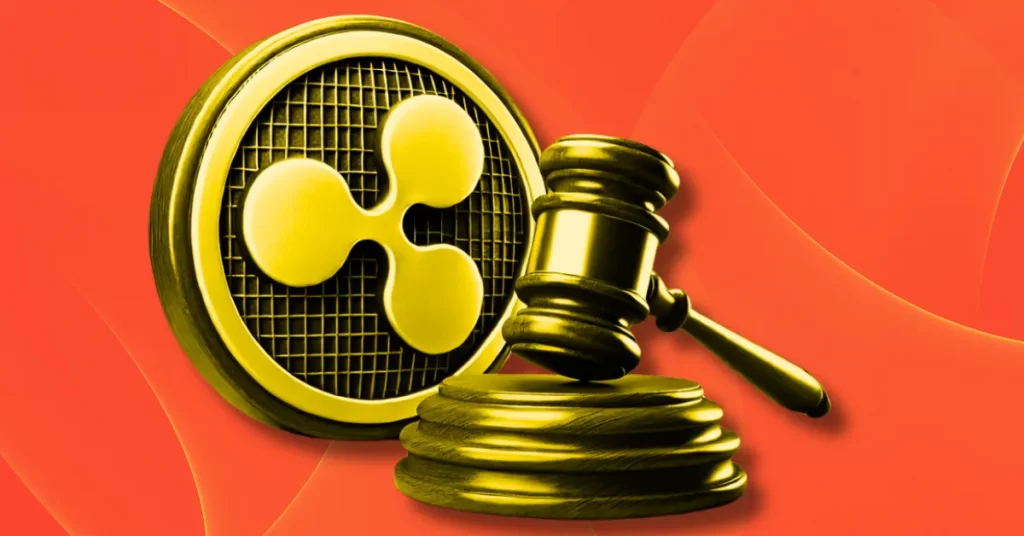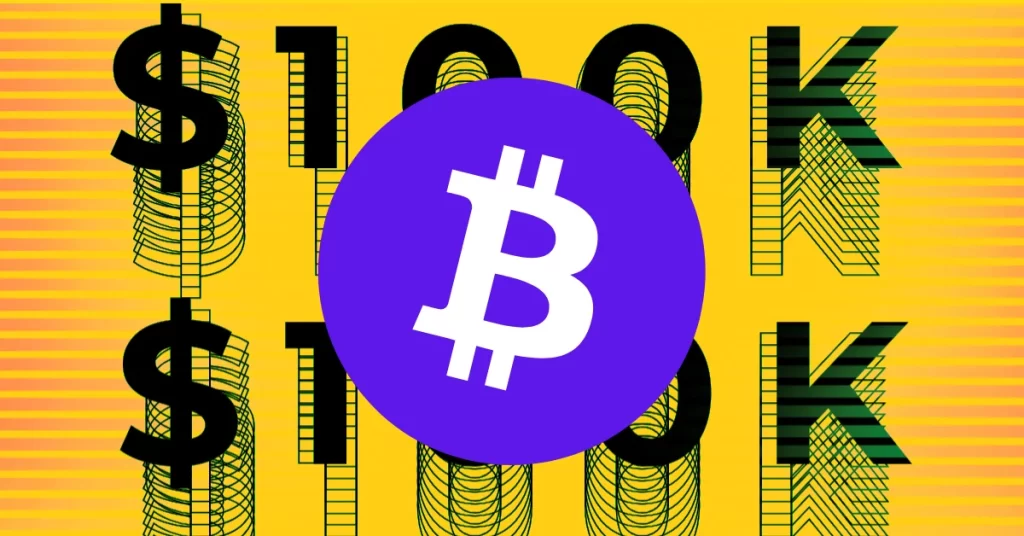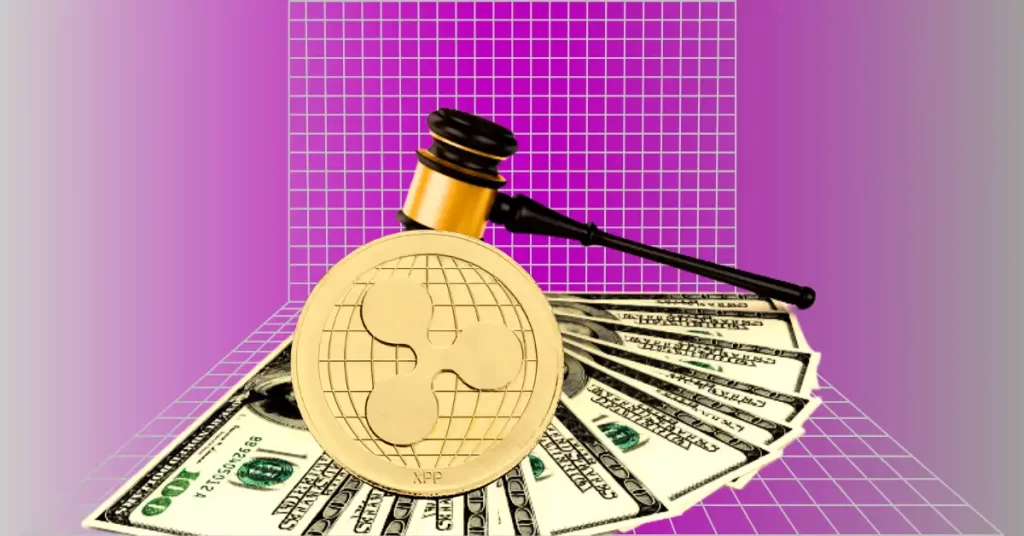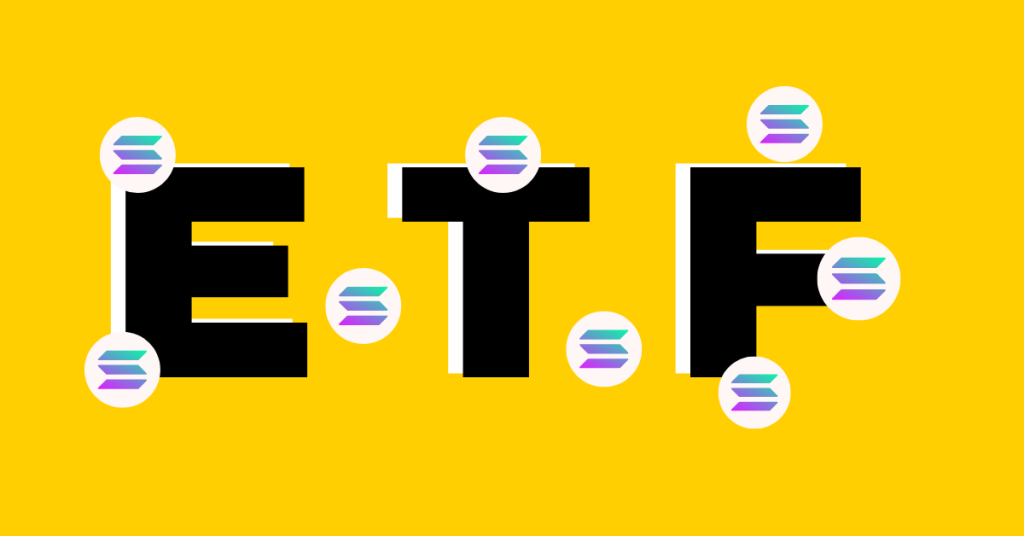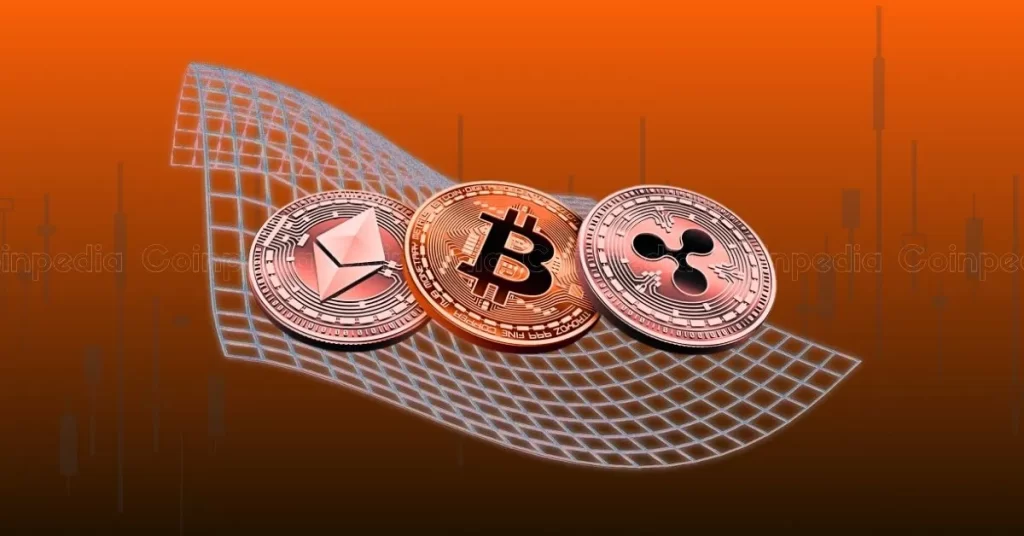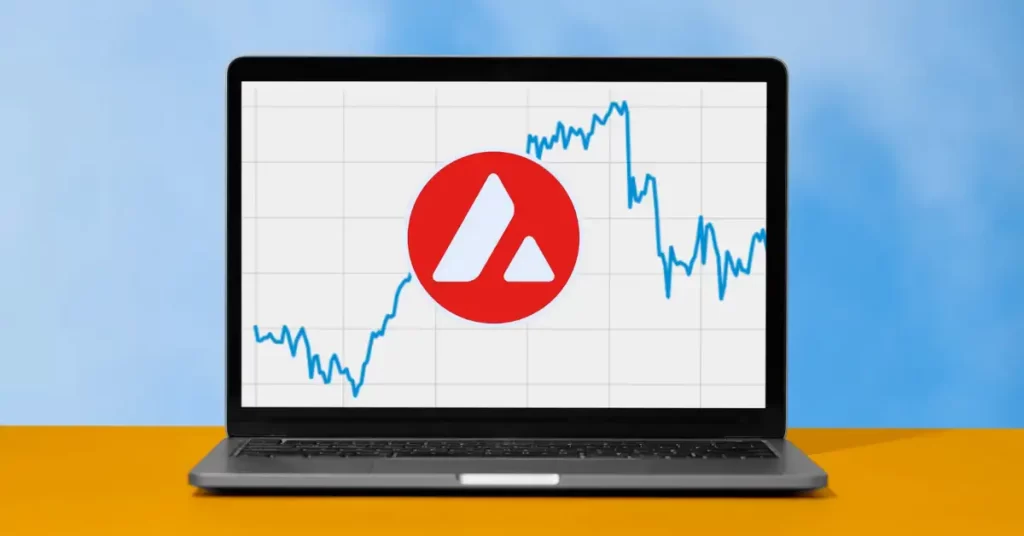2023-03-08 09:18:00
Digital Assets Beat Equities And Bonds Despite Regulatory Actions
Summary For the month, the S&P 500 fell 2%, Nasdaq -1%, while BTC rose 1% and ETH +3%. We are closely watching Ethereum’s Shanghai upgrade, an event that should occur in early spring, allowing staked ETH to be withdrawn. February was an excellent month for NFT sales as the number of buyers hit levels that haven’t been reached since June. Digital assets, including Bitcoin ( BTC-USD ) and Ethereum ( ETH-USD ), outperformed equities and bonds in February despite regulatory actions in the US, with buyers in Asia and the Middle East continuing to invest. “When you look at the data, it’s interesting: The number of active addresses for Bitcoin has stayed relatively constant since really the Three Arrows Capital collapse, even through the FTX issue. That tells you that engagement overall has stayed fairly consistent in a period when a lot of leverage was taken out of the system.” John Deters, Chief Strategy Officer CBOE, Q4 earnings call Feb 3rd 2023 Digital assets outperformed equities and bonds in February despite a cascade of SEC & DOJ regulatory actions in the U.S. that failed to deter buyers in Asia and the Middle East. Meanwhile, a new Bitcoin narrative emerged as the “Ordinals” NFT project found a way to monetize under-utilized Bitcoin blockspace, leading to some meaningful pickup in block space demand and fees. For the month, the S&P 500 fell 2%, Nasdaq -1%, while BTC rose 1% and ETH +3%. Not only did Bitcoin outperform the Nasdaq again in February, but its 30-day annualized volatility fell again to 40% compared to the S&P energy sector at 45% and S&P tech at 40%. And while February’s month-end Bitcoin price was only up 1% from January’s, the average Bitcoin price was +15% m/m, providing meaningful relief to financially struggling Bitcoin miners. Indeed, several miners took advantage of more favorable capital markets to announce large mining capacity additions, including Hut Energy, which announced a merger with US Bitcoin Corp and Iris Energy ( IREN ) and CleanSpark ( CLSK ), who announced rig purchases. The Bitcoin network’s hash rate, a measure of all computing power working on Bitcoin, rose to another record high, up 9% from January. Given the restrictive environment that the current US administration has presented for banks, brokers, and other institutions in crypto, we are focused on ex-U.S. adoption to validate our fundamentally bullish view on open-source blockchain-based tokens as alternatives to U.S. dollar hegemony. And while we were disappointed that Nigeria’s relatively pro-Bitcoin opposition candidate failed to win in February’s presidential election (though Peter Obi did take the capital province of Lagos), we continued to note digital assets adoption in Asia and the Middle East in February: Russia’s largest bank Sberbank announced plans to launch an Ethereum-based DeFi platform; the UAE’s northernmost emirate Ras Al Khaimah announced plans for a “free zone” solely dedicated to non-regulated activities in the virtual assets sector; and the government of HK released a plan that would let retail investors trade digital tokens like Bitcoin and Ether on exchanges licensed by the Securities & Futures Exchange, with the implicit backing of the CCP according to the Bloomberg News piece “Hong Kong’s Crypto Hub Ambitions Win Beijing’s Quiet Backing.” TimeFrame Asset February 90 Day 365 days MarketVector™ Infrastructure Application Leaders 14% -31% -43% MarketVector™ Decentralized Finance Leaders 13% -46% -41% Coinbase 11% -39% -66% Ethereum 3% -26% -42% Bitcoin 1% -36% -44% MarketVector™ Centralized Exchanges -1% -5% -32% Nasdaq -1% 0% -17% MarketVector™ Smart Contract Leaders -2% -26% -64% S&P 500 -2% 3% -9% MarketVector™ Media & Entertainment Leaders -10% -22% -78% Source: Bloomberg, MarketVectors as of 2/28/2023. Past performance is not indicative of future results. Not a recommendation to buy or sell any of the names mentioned herein. Smart Contract Platforms Layer-1 Smart Contract platforms, in aggregate, underperformed Bitcoin and other sectors we track in the space, even as ETH, up 4%, continued January’s bullish tape. Ethereum’s daily issuance was deflationary throughout the entire month, driven by increased activity at the largest 15 dApps (decentralized applications), whose combined ETH fees rose 44% in February, leading to a bigger burn. Specifically, Uniswap ( UNI-USD ) fees more than doubled, surging from 6,461 ETH to 12,943 ETH, increasing Uniswap’s share of ETH fees from 23% to 33% of the top 15 dApps. OpenSea fees fell slightly in absolute terms, 6,192 ETH to 6,087 ETH, but lost significant relative share declining from 23% to 16%. Meanwhile, Blur, an NFT trading platform geared at active traders, conducted an airdrop and reward campaign; Blue’s fees tripled from 1460 ETH to 4698 ETH, and fee share increased from 5% to 12%. Ethereum Fees, Top 15 Smart Contracts Source: Dune as of 2/28/2023. (Past performance is not indicative of future results. Not a recommendation to buy or sell any of the names mentioned herein.) Looking ahead, we are closely watching Ethereum ’s Shanghai upgrade, an event that should occur in early spring, allowing staked ETH to be withdrawn. Until this upgrade is released, neither ETH staked to validator nodes nor rewards for staked ETH can be withdrawn to be sold. There is a vigorous debate among many in the broader crypto community about whether the Shanghai upgrade will be bullish or bearish for the price of ETH. With nearly 14.7% of supply staked at an average price of $2,168, representing around 18.1M ETH worth $29.8B, enabling withdrawals could lead to significant sales given that many stakers are underwater since staking their ETH. Others contend that most stakers are committed long-term holders whose purchase prices are much lower than the price where they staked and that the supply that offramps may be counteracted by staking from parties who were previously concerned about the ability to withdraw. Recent action around deposits of ETH into the staking contract, reaching levels not witnessed since March 2022, suggests that many are becoming more comfortable staking ETH, which would counteract any selling pressure. Weekly ETH Staked Versus Total Staked ETH Source: Dune as of 2/27/2023. (Past performance is not indicative of future results. Not a recommendation to buy or sell any of the names mentioned herein.) One notable event in February involved the ongoing legal dispute between Dapper Labs ( FLOW-USD ) , the entity behind the Flow Blockchain and NBA Top Shot , and a group of individuals who purchased Top Shot NFTs. The plaintiffs allege that Dapper Labs’ “NBA Top Shot Moments” are securities and that Dapper violated securities laws by failing to register Top Shots with the SEC. Dapper Labs filed a motion to dismiss the lawsuit in the Southern District of New York. Still, the judge overseeing the case denied the motion on February 22 because the plaintiffs’ case contained sufficient merit to bring to trial. The result will be that the trial participants will present evidence on whether or not Top Shots are securities by arguing the application of the Howey Test. While the decision from the trial’s outcome will be “narrow,” as cited by the presiding Judge Marrero, meaning that its findings cannot necessarily be applied to all other NFTs, the ruling will still likely inform other cases due to the preeminence of the Southern District of New York in determining securities law precedence. In his decision, the judge also cites the centralization of the Flow Blockchain, created by Dapper Labs, and the value interplay between Dapper offering Top Shots NFTs and Dapper benefitting from FLOW token price appreciation. Specifically, Judge Marrero contends: “It follows that, if hypothetically, Dapper Labs went out of business and shut down the Flow Blockchain, the value of all Moments would drop to zero… While the Howey analysis for Moments is separate from that pertaining to FLOW, the economic realities and technological interplay between FLOW, the Flow Blockchain, and Moments, as alleged by Plaintiffs, are what supports the Court’s conclusions.” Regardless of the case's outcome, allowing this case to come to trial raises the possibility of future action against Dapper Labs and, if precedent is established, other blockchains and developer teams. In response, Dapper Labs’ General Counsel Alex Levine appeared on a Bank of America client webinar in February to reiterate that Dapper disputes the ruling, that the FLOW blockchain was originally centralized with Dapper controlling more than 50% of the nodes, but has since decentralized sufficiently with smart contract deployment becoming permissionless and Dapper’s node control falling below 50%. Among specific layer 1 winners in February, notable performers included Polygon ( MATIC-USD ) , +12%, and Fantom ( FTM-USD ) , +5%. Polygon distinguished itself most notably through a surge in on-chain usage. In February, Polygon announced partnerships with the German financial entity DekaBank and Doritos while also committing to an official release date, March 27, for Polygon ZK Mainnet. Polygon saw a dramatic increase in block space demand, causing fees to increase by nearly 80% as DEX volume doubled and NFT volume quadrupled those of January. This surge in usership on Polygon was partly driven by the fruits of earlier major corporate partnerships as the prices of previously free Starbucks NFTs on Polygon were bid to $2,000. At the same time, over 1.3 million Reddit Superbowl NFTs were minted on Polygon. Meanwhile, Fantom’s fees increased nearly 3x amid the announcement of gasless transactions through application subsidies and the launch of new DeFi applications such as Equalizer and Mummy (continuing Fantom’s paranormal project name themes). Additionally, the current leader of Fantom, Andrew Cronje, boasts the runway for building FTM is now 45 years after savvy investments and cost-saving measures. The weakest performers in February were emerging alternate Layer-1s Aptos ( APT-USD ) , -30%, and Avalanche ( AVAX-USD ) , -12%. Aptos was a sensational outperformer in January, +492%, partly due to an astonishing short squeeze and strong growth of on-chain user metrics. However, in February, on-chain usership, such as daily active addresses, transactions, and DEX volumes, sagged. While Aptos offers the novel Move language as well as high transaction throughput through parallelized transactions, we are on the sidelines with Aptos until fundamental on-chain metrics improve. For example, TVL on Aptos is only $54M, and DEX daily volume is only $2.2M compared to Polygon’s $1.28B and $153M, and Ethereum’s $33.5B and $1.5B, respectively. Likewise, we would like to see a greater distribution of APT tokens as the current value of traded APT tokens is only 1/6 th of its fully diluted value – meaning that a great deal of supply exists to unlock and dilute existing holders. Finally, we are hesitant to commit capital to APT until more applications emerge on the Aptos blockchain that leverage Aptos’s Move language to provide unique applications that cannot be found on other chain. Daily DEX Volumes Source: Artemis.xyz as of 2/27/2023. (Past performance is not indicative of future results. Not a recommendation to buy or sell any of the names mentioned herein.) Avalanche ’s AVAX token also had a mammoth January, +86%, on the back of partnership announcements with Amazon ( AMZN ) and Shopify ( SHOP ) and a rebound in C-Chain transactions and DEX volume. February saw a partial unwind of that exuberant price action despite positive news such as the release of important network tooling such as Avalanche HyperSDK, a partnership with Tencent to enable node deployments, and the official announcement of a subnet (a blockchain secured by Avalanche) by Indian gaming powerhouse Loco Legends. Avalanche price retracement also reflects flat usership by most metrics in February as the Avalanche ecosystem of applications saw few new compelling deployments. The Avalanche ecosystem also confronted the de-pegging of Platypus Finance’s stablecoin as well as drops in weekly active developers and weekly code commits. However, we remain bullish on AVAX because Avalanche has made great strides in technology and tooling that bring Avalanche closer to becoming the valuable epicenter of a multiverse of blockchains. Warp Messaging, released in December, gives Avalanche’s web of blockchains the ability to communicate and transfer assets securely. Likewise, HyperSDK gives developers the out-of-the-box tooling to create new blockchains while reducing building costs by thousands of hours of coding and millions of dollars in developer salaries. Likewise, we are encouraged by the potential of Avalanche’s gaming use case with subnets under development that will host studio-quality games from Shrapnel, Loco Legends, and Gunzilla. Additionally, we are encouraged by Avalanche President John Wu’s commitment to bringing real-world assets on chain, as expressed by Avalanche tokenizing a KKR Private Equity Fund and onboarding Intain Markets, who will host asset-backed securities on a purpose-built subnet. Metaverse & NFTs February was an excellent month for NFT sales as the number of buyers hit levels that haven’t been reached since June, and volume matched January’s despite February’s 3-day deficit. Trading activity was largely driven by a period of hyper-competition between Blur and OpenSea following the former’s token airdrop. For context, Blur launched their NFT marketplace last October with 0% trading fees and has consistently eaten away at OpenSea’s market share ever since. Fast-forward to February 14th, Blur launched their token and airdropped 12% of the supply to NFT traders who had used the platform based on the volume traded, and further announced that 10% of the BLUR token will be airdropped to future traders. Following the announcement of a future airdrop, NFT volume on Blur skyrocketed. In response, OpenSea reduced their fees to 0% for the most popular collections for an undefined period of time. OpenSea’s efforts to squelch Blur’s momentum, however, have initially proved futile as Blur commands a ~75% and growing share of Ethereum NFT trade volume, a stat that OpenSea held just last summer. The BLUR token has been very volatile since its launch with its price initially falling to below $0.50, rallying over $1.30, and eventually settling at its current price of $0.80 as of Feb 28th, representing a fully diluted value of $2.4 billion. OpenSea most recently raised at a $13.3 billion valuation in January of 2022 due to it dominating Ethereum NFT trading market share at the time. Since Blur now holds this title, we believe the market may be undervaluing the BLUR token. Monitoring how many tokens are sold when they unlock to investors will be a big indicator of investor sentiment in BLUR moving forward, and it will be heavily dependent on whether their market share of NFT volume increases or decreases between now and then. Historical NFT Sales & Buyers - All Chains Source: Cryptoslam! As of 2/27/2023. (Past performance is not indicative of future results. Not a recommendation to buy or sell any of the names mentioned herein.) Nevertheless, tokens in the MVIS Media & Entertainment (metaverse) category fell 10% in February and underperformed as the market cooled off from the January rally. Of the largest metaverse tokens, APE (APE-USD) faced the most selling pressure and fell 11%, while MANA (MANA-USD) lost 8% and SAND (SAND-USD) only dropped 4%. APE’s lackluster performance can partially be attributed to the blowback Yuga Labs received for their first Bored Ape community game, Dookey Dash , which was a remake of a 15-year-old game, Missile Game 3D, and quickly became mastered by bots. The Dookey Dash competition concluded mid-month with the golden key prize going to Faze Mongraal, a professional Fortnite streamer and, as the name implies, a member of the infamous Faze Clan esports team. Mongraal then listed the key on OpenSea for 2,222 ETH, with the highest offer coming in at 999 ETH. Other Sewer Pass holders recorded their Dookey Dash achievements in their Sewer Pass metadata, allowing them to “summon a power source” in the future based on their rank. February also welcomed the addition of a new chain enabling NFT creation: Bitcoin! The Bitcoin NFTs are known as Ordinal Inscriptions and are created by running a node and using an Ordinals wallet to inscribe the digital content data into the witness of the transaction. Not only does this development create more demand for Bitcoin blockspace, but it is also inspiring teams to build marketplaces and other infrastructure in anticipation of the expansion of Bitcoin use cases. Like every development in crypto, inscriptions have created a divide between network users. Some believe the new use cases will solve the security problem caused by declining network activity, while others subscribe to the belief that Bitcoin blockspace should only be used for BTC transactions and dislike the fact that more Ethereum-like trends continue to find their way to Bitcoin. Who is right? Only time will tell, but Dapper Labs’ decision at the end of the month to release TwelveFold, a 300-piece generative art collection using Ordinals, adds to the bullish narrative in our opinion. Monthly NFT Volume by Chain Source: VanEck, CryptoSlam! As of 2/27/2023. (Past performance is not indicative of future results. Not a recommendation to buy or sell any of the names mentioned herein.) Other notable Web3 partnerships & events in February: Microsoft ( MSFT ) & Tencent ( TCEHY ) partner on Web3 infrastructure Microsoft & Ankr ( ANKR-USD ) partner on node hosting solution Spotify testing new NFT service Luxor Mining acquires Ordinalhub as Bitcoin miners look for new revenue sources Ava Labs, MultiversX & Tencent Cloud announce partnerships Legends by Loco NFT marketplace for esports fans on Avalanche Starbucks NFTs sell for thousands Sony, Toyota & Astar announce Web3 partnerships in the Polkadot ecosystem Mysten Labs CEO raising $100m Web3 fund Square Enix's ( SQNXF ) NFT-based Symbiogenesis on Polygon Limit Break runs Bitcoin node to make inscriptions for Digi Daigaku holders Amazon's investment in Superplastic to create NFT TV series Aptos investment in Chingari to become preferred layer-1 DISCLOSURES Please note that VanEck may offer investment products that invest in the asset class(es) or industries included in this communication. Index Definitions Index returns assume reinvestment of all income and do not reflect any management fees or brokerage expenses associated with fund returns. Returns for actual fund investors may differ from what is shown because of differences in timing, the amount invested and fees and expenses. You cannot invest directly in an index. MarketVector™ Digital Assets 100 Large-Cap Index is a market cap-weighted index which tracks the performance of the 20 largest digital assets in the MarketVector™ Digital Assets 100 Index. MarketVector™ Digital Assets 100 Small-Cap Index is a market cap-weighted index which tracks the performance of the 50 smallest digital assets in the MarketVector™ Digital Assets 100 Index. MarketVector™ Digital Assets 100 Index is a market cap-weighted index which tracks the performance of the 100 largest digital assets. MarketVector™ Smart Contract Leaders Index: designed to track the performance of the largest and most liquid smart contract assets, and is an investable subset of MarketVector™ Smart Contract Index. MarketVector™ Infrastructure Application Leaders Index: Designed to track the performance of the largest and most liquid infrastructure application assets, and is an investable subset of MarketVector™ Infrastructure Application Index. MarketVector™ Decentralized Finance Leaders Index: Designed to track the performance of the largest and most liquid decentralized finance assets, and is an investable subset of MarketVector™ Decentralized Finance Index. MarketVector™ Media & Entertainment Leaders Index: designed to track the performance of the largest and most liquid media & entertainment assets, and is an investable subset of MarketVector™ Media & Entertainment Index. The MarketVector™ Centralized Exchanges Index: designed to track the performance of assets classified as ‘Centralized Exchanges. Nasdaq Composite Index: measures all Nasdaq domestic and international based common type stocks listed on The Nasdaq Stock Market. The S&P 500 ® is widely regarded as the best single gauge of large-cap U.S. equities. Coin Definitions Bitcoin ((BTC)) is a decentralized digital currency, without a central bank or single administrator, that can be sent from user to user on the peer-to-peer bitcoin network without the need for intermediaries. Ethereum (ETH) is a decentralized, open-source blockchain with smart contract functionality. Ether is the native cryptocurrency of the platform. Amongst cryptocurrencies, Ether is second only to Bitcoin in market capitalization. Uniswap (UNI) is a popular decentralized trading protocol, known for its role in facilitating automated trading of decentralized finance (DeFi) tokens. Avalanche (AVAX) is an open-source platform for launching decentralized finance applications and enterprise blockchain deployments in one interoperable, scalable ecosystem. Polygon ((MATIC)) is the first well-structured, easy-to-use platform for Ethereum scaling and infrastructure development. Its core component is Polygon SDK, a modular, flexible framework that supports building multiple types of applications. Fantom (FTM) is a Layer 1 project that uses a single consensus layer to support the creation of multiple execution chains. Aptos ((APT)) is a Layer 1 blockchain that uses the move programming language. The cryptocurrency promises users increased scalability, reliability, security and usability. Flow ((FLOW)) is a blockchain created by Dapper Labs that aims to make it easy for developers to build decentralized applications and businesses. Solana ((SOL)) is a public blockchain platform. It is open-source and decentralized, with consensus achieved using proof of stake and proof of history. Its internal cryptocurrency is SOL. BNB Smart Chain ((BSC)) is a blockchain that runs in parallel to the BNB Beacon Chain. BSC boasts smart contract functionality and compatibility with the Ethereum Virtual Machine. Cardano (ADA) is an open-source, smart-contract platform that aims to provide multiple features through layered designs. NEAR Protocol ((NEAR)) is a decentralized development platform that uses a Proof-of-Stake (PoS) consensus mechanism and will eventually feature a sharded architecture to scale transaction throughput. Risk Considerations This is not an offer to buy or sell, or a recommendation to buy or sell any of the securities/financial instruments mentioned herein. The information presented does not involve the rendering of personalized investment, financial, legal, or tax advice. Certain statements contained herein may constitute projections, forecasts and other forward looking statements, which do not reflect actual results, are valid as of the date of this communication and subject to change without notice. Information provided by third party sources are believed to be reliable and have not been independently verified for accuracy or completeness and cannot be guaranteed. VanEck does not guarantee the accuracy of third party data. The information herein represents the opinion of the author(s), but not necessarily those of VanEck or its employees. Cryptocurrency is a digital representation of value that functions as a medium of exchange, a unit of account, or a store of value, but it does not have legal tender status. Cryptocurrencies are sometimes exchanged for U.S. dollars or other currencies around the world, but they are not generally backed or supported by any government or central bank. Their value is completely derived by market forces of supply and demand, and they are more volatile than traditional currencies. The value of cryptocurrency may be derived from the continued willingness of market participants to exchange fiat currency for cryptocurrency, which may result in the potential for permanent and total loss of value of a particular cryptocurrency should the market for that cryptocurrency disappear. Cryptocurrencies are not covered by either FDIC or SIPC insurance. Legislative and regulatory changes or actions at the state, federal, or international level may adversely affect the use, transfer, exchange, and value of cryptocurrency. Investing in cryptocurrencies comes with a number of risks, including volatile market price swings or flash crashes, market manipulation, and cybersecurity risks. In addition, cryptocurrency markets and exchanges are not regulated with the same controls or customer protections available in equity, option, futures, or foreign exchange investing. There is no assurance that a person who accepts a cryptocurrency as payment today will continue to do so in the future. Investors should conduct extensive research into the legitimacy of each individual cryptocurrency, including its platform, before investing. The features, functions, characteristics, operation, use and other properties of the specific cryptocurrency may be complex, technical, or difficult to understand or evaluate. The cryptocurrency may be vulnerable to attacks on the security, integrity or operation, including attacks using computing power sufficient to overwhelm the normal operation of the cryptocurrency’s blockchain or other underlying technology. Some cryptocurrency transactions will be deemed to be made when recorded on a public ledger, which is not necessarily the date or time that a transaction may have been initiated. Investors must have the financial ability, sophistication and willingness to bear the risks of an investment and a potential total loss of their entire investment in cryptocurrency. An investment in cryptocurrency is not suitable or desirable for all investors. Cryptocurrency has limited operating history or performance. Fees and expenses associated with a cryptocurrency investment may be substantial. There may be risks posed by the lack of regulation for cryptocurrencies and any future regulatory developments could affect the viability and expansion of the use of cryptocurrencies. Investors should conduct extensive research before investing in cryptocurrencies. All investing is subject to risk, including the possible loss of the money you invest. As with any investment strategy, there is no guarantee that investment objectives will be met and investors may lose money. Diversification does not ensure a profit or protect against a loss in a declining market. Past performance is no guarantee of future results. © Van Eck Securities Corporation, Distributor, a wholly owned subsidiary of Van Eck Associates Corporation. Original Post Editor's Note: The summary bullets for this article were chosen by Seeking Alpha editors.
가장 많이 읽은 뉴스
-
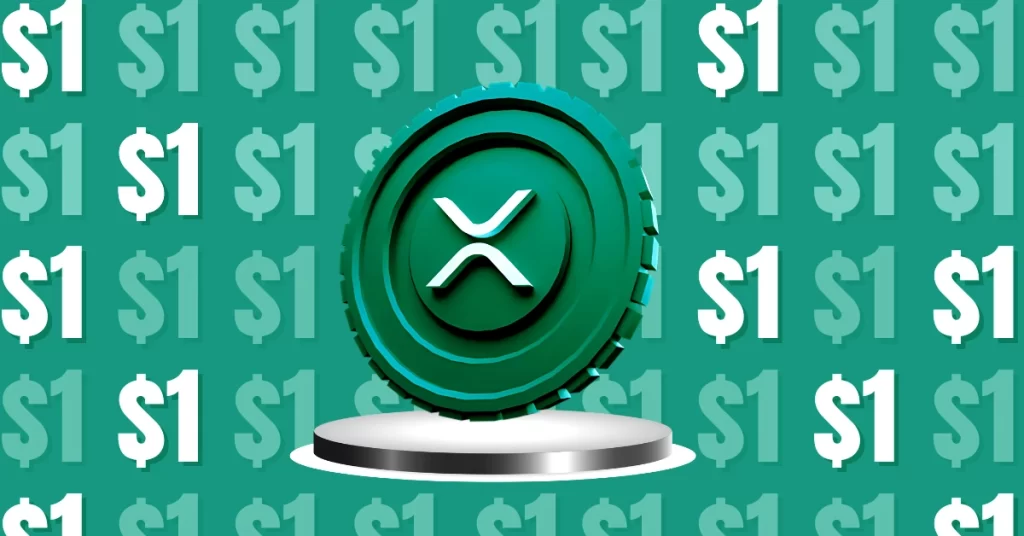 XRP Price Prediction For 24 November
XRP Price Prediction For 24 November
2024-11-24



